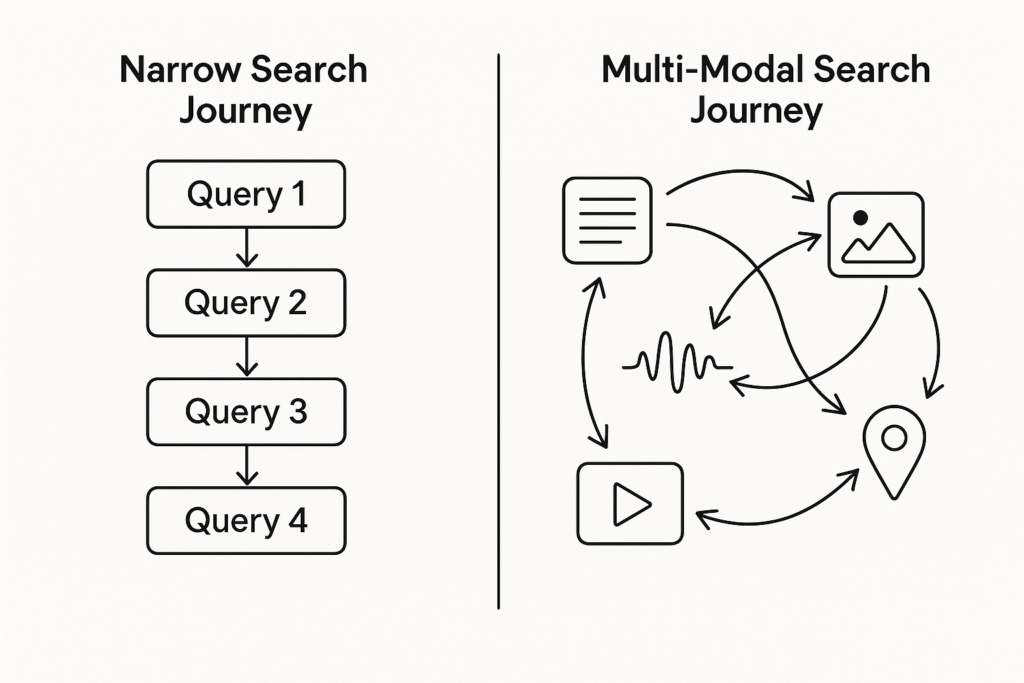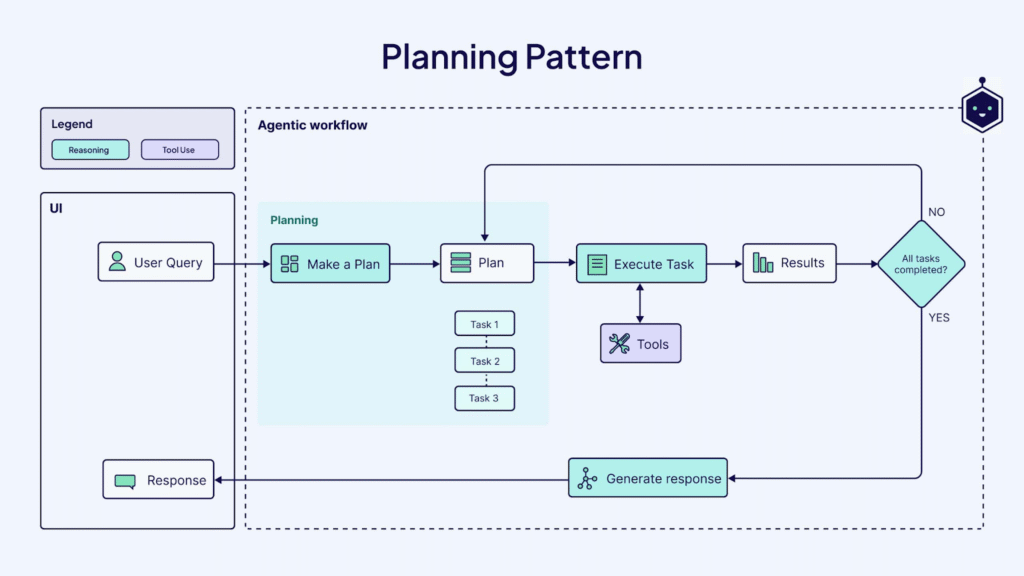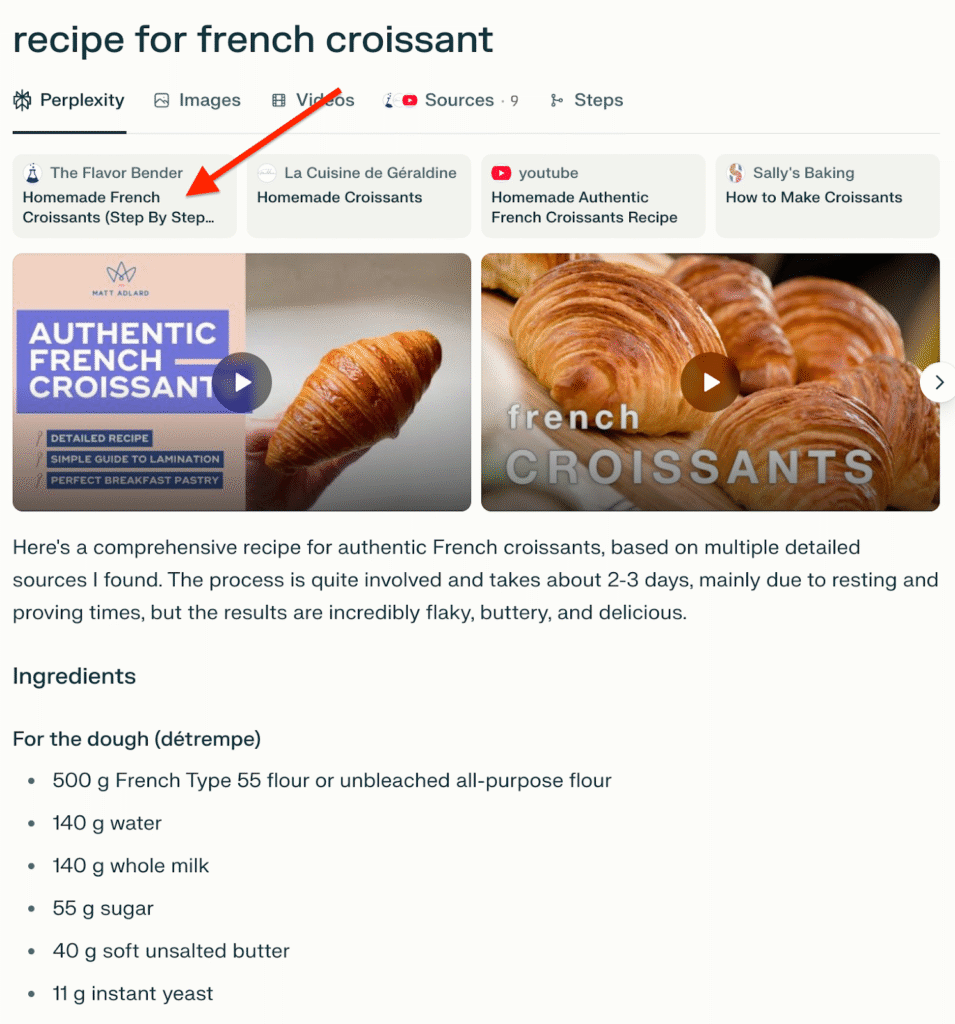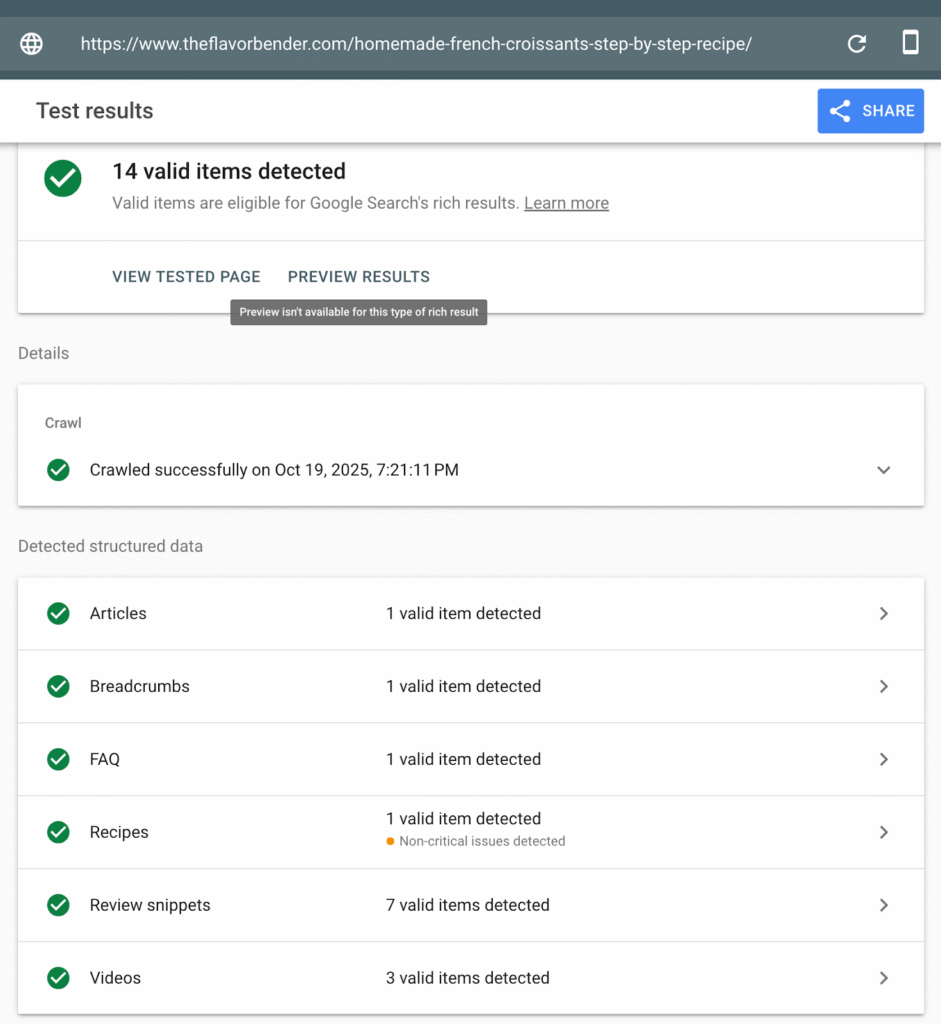How AI is Transforming SEO: Strategies for Visibility and the Future of Search
Key Takeaways
- AI daily usage doubled from 14% to 29.2%.
- Google’s share of general information searches decreased from 73% to 66.9% as users explored alternative channels, including AI search engines.
- AI usage in local search doubled from 5% to 10%, with a corresponding drop in Google's share from 75% to 67.8%.
We studied 1500 US searchers in February and August 2025 and discovered that:
- AI daily usage doubled from 14% to 29.2%.
- Google’s share of general information searches slipped from 73% to 66.9% as users explore other channels (especially AI search engines).
- AI usage in local search doubled from 5% to 10%, while Google’s share dropped from 75% to 67.8%.

This is because of changes in user search patterns.
Users no longer limit their searches to a single platform. Instead, they match specific platforms to their unique queries.

Source: Dan Taylor.
Let’s put this into perspective:
Previously, someone who’s searching for a barber nearby might type “best barber near me” or “best barber in Memphis” into Google.
But searches today are more contextual, and may not even involve Google at all. The searcher can speak (in detail and with context) to voice assistants on their device to get personalized results. Using the barber as an example, a typical search query might be:
“Hey Siri, recommend the best barbers in Memphis who specialize in fades, have the best reviews and are open right now.” Right on spot, they can even add more specifics to their search: “prioritize barbers with a serene ambience and friendly staff.”
In fact, 27% of consumers already believe AI will replace traditional search in the next five years, although it owns 2.96% of search traffic today.

Robby Stein, Vice President of Product for Google Search affirmed that Google constantly updates their products to streamline user search experience. In a podcast with Lenny Rachitsky, he explained how:
“Well, there are three big components to what we can think about AI search and kind of the next generation of search experiences. You know, one is obviously AI Overviews, which are the quick and fast answers you get at the top of the page. This is when you ask a natural question you just put it into Google. It’s really helpful for people.
The second is around multimodal. This is visual search and lens. That’s the other big piece. You go to the camera in the Google app, and that’s seeing a bunch of growth.
And then, the AI Mode creates an end-to-end frontier search experience on state-of-the-art models that let you ask anything of Google search. You can go back and forth, and have a conversation.”
That said, SEO in 2025 and beyond is more about visibility, instead of ranking the “traditional way” on the search results.
This is because brands that optimize for human attention and how AI search engines parse content will be cited on traditional and AI search engines, and also get a majority of the clicks.
Five Ways AI is Influencing SEO
Here are five major shifts that are already reshaping the industry:
1. Predictive analysis to forecast emerging keywords and search algorithm updates to make informed decisions
Predictive analysis is the use of historical data, statistical models, and machine learning algorithms to find patterns, forecast emerging trends, and changes in user behavior to point at new, profitable keywords to track. And possibly optimize for.
The goal is to analyze massive search datasets and tweak content strategies in a way that helps you win (in terms of traffic and conversions).
For instance, SEMRush has a traffic prediction tool that shows you the potential traffic that you can get from a keyword/topic:

So, instead of the traditional method that limits you to search volume, you can now estimate how much traffic a keyword/topic can drive to your website if you rank for it.
With this information, you can create comprehensive content around the topics, build topical authority, and dominate the search results for them before your competitors even realize it’s an opportunity.
The same works for Google algorithm updates, too.
AI tools can analyze thousands of search results simultaneously to identify patterns in ranking factors that would be impossible for human analysts to spot manually.
Case in point, the SEMrush sensor tool tracks the volatility of the Google search engine result pages to identify the possibility of an algorithm update. It provides a “volatility score” on a scale of 1 – 10 that shows how much rankings have changed within a specific period.

High volatility suggests a major change is coming, and low volatility means stable conditions.
This information helps you:
- Understand your website behavior. For instance, you can know if the changes are due to Google algorithm updates or technical SEO problems.
- Track volatility within your industry to know how to respond accordingly.
So, instead of scrambling to recover after Google drops a core update, you could actually position yourself strategically before it happens.
2. Agentic SEO workflows to automate repetitive tasks and improve website optimization (or outcomes)
According to Machine Learning Engineer, Mary Newhauser, and colleagues, AI agents are systems that combine LLMs for reasoning and decision-making with tools for real-world interaction that allows them to complete complex tasks with limited human involvement.
Agents are assigned specific roles and given varying degrees of autonomy to accomplish their end goal. They are also equipped with memory, which allows them to learn from past experiences and enhance their performance over time.
For context, you can create a workflow that checks your website’s GA4 (so it has access to your GA API and performance data), and watches user interaction across specific high-value webpages. More specifically, the agent can watch drop off points on your most conversion-optimized pages.
The workflow/agent can then connect to Claude or ChatGPT to notify the webmaster of the drop-off. You can also configure it to trigger a notification on Slack or Google Workspace as to how many leads bounced after only a few clicks.
Here’s a simple illustration of such a workflow:

Source: Weaviate
“These agents autonomously or semi-autonomously take on tasks that have traditionally demanded heavy manual effort from humans,” as Dan Taylor, a columnist on Search Engine Land, puts it. “They are virtual team members helping cut down repetitive, low-value work.”
The way these workflows work is simple:
- The first step is to make a plan. The LLM is used to break the complex tasks (or goals) into smaller ones. Then, it’ll determine the best route to execute the tasks.
- In the second step, the agents use your set tools to accomplish the tasks outlined in step one.
- The last stage is the assessment and iteration stage. The agent uses a self-feedback mechanism to assess the results at step one and two, and make adjustments or loop back to get the desired outcome.

Source: Weaviate
Here’s an example of how it can improve your SEO workflow.
Say you want to create a keyword research for your new content campaign:
Step 1:
You input 3 – 5 broad seed keywords into your automation platform, either n8n or Make.
Step 2:
The AI agent automatically connects to your keyword research APIs (e.g., Ahrefs or SEMrush) and a doc filled with relevant sales call transcripts that captures your target users’ pain points. It then pulls related keywords for each seed term. The keyword includes the search volume, keyword potential, and difficulty scores.
Step 3:
Then, the agent analyzes each keyword and segments it based on search intent (commercial, transactional, and informational). This way, you know which type of content to create for each keyword/topic based on what resonates with your target market’s pain point.
Step 4:
The agent filters out irrelevant keywords and scores the relevant ones based on their potential. For example, low-competition but high-volume keywords can be tagged as low-hanging fruits.
Step 5:
The keywords are grouped into topical clusters or “spokes.” For instance, all keywords about high ticket dropshipping go into one cluster. The agent also identifies related keywords associated with each cluster.
Step 6:
This organized data flows directly into a Google sheet with predefined columns, based on the steps above.
The essence is that what could have taken hours of research, now happens in minutes, thanks to the AI agentic workflows.
3. Personalized search experience to improve user experience and increase conversions
Google’s AI Mode will soon be able to provide suggestions based on a user’s search history and preferences. Users can also decide to connect their Gmail (and grant access to other apps) to add more context to their searches.
For example, if a user searches for “things to do in Nashville this weekend with friends. We’re big foodies who like music,” AI Mode can recommend restaurants with outdoor seating based on their previous reservations and food-related searches.
It might even suggest nearby concerts or events happening during their stay. And that’s because it knows their taste in music and a log of the different events they’ve visited (through Google Maps). The ability to query a search engine and pull information from Gmail chats is one of the things Perplexity AI’s Comet browser provides:
It’s the same with Google’s SGE (Search Generation Experience) virtual try-on technology. This feature allows shoppers to try on products so that they can imagine how it’ll look like on them in real life, just by uploading a photo of themselves.
4. Semantic analysis to identify the relationship between keywords, and group terms based on nuanced intent types
In traditional SEO, you need to optimize your content with the right keywords and insert them in the right places. For example, in your meta descript ions, headings, actual content, etc., and at the right frequency too. It’s a different process now.
Search engines today use AI and machine learning to understand the relationship between the words to identify the contextual relevance in the user search query.
For example, if someone searches for “how to improve sleep quality,” AI systems understand that this query can relate conceptually to sleep hygiene, mattress quality, stress management, light exposure, and several other factors, even if none of these exact terms appear in the search query.
If you want to get cited on AI search engines, you need to prioritize semantic relevance in your content. That is, how well your content captures the meaning and context behind a user search intent.
This means you need to:
- Build content ecosystems where each page shows how your product (or service) is relevant to the specific use cases you’re writing about. For example, as a marketing agency, we cover every sub topic related to digital marketing: SEO, content marketing, PPC, and always try to show that we’re a marketing agency and can help our readers with their SEO and PPC.
- Solve user problems, or cater to their search intent through your content. This also includes making your content machine-readable so the AI agents can parse through and understand your context and content.
- Use relevant industry nuances in your content. These nuances have to be closely related to the phrases your target audience uses in their search queries.
How to adapt your strategy for the AI-led search engine
1. Use the MECE framework to create original and authentic content that naturally attracts citations on AI platforms
MECE stands for “Mutually Exclusive” and “Collectively Exhaustive.” It’s a principle used in management consulting, but can be applied to create comprehensive content that is easy for both humans and AI to understand.
Here’s how it works:
When you cover a topic, you want to address all relevant aspects (collectively exhaustive) without unnecessary overlap between sections (mutually exclusive).
Say you’re creating a content plan for your local café’s website. A MECE approach would organize your topics into clear, non-overlapping sections like menu and seasonal specials, community events and collaborations, sustainability practices, and customer experience stories.
Each category focuses on a unique part of your business (mutually exclusive), and together, they cover everything a potential customer or AI search engine might want to know about your café (collectively exhaustive).

I recommend this strategy because your content strategy is not solely for humans anymore. It’s for the machine that summarizes content for humans. And if your content isn’t properly structured and contextually rich (that is, it’s not surface-level content), you won’t be referenced on AI search engines.
Another advantage of the MECE technique is that it helps you build topical authority. This improves your relevance on a subject matter, and makes it easy for web users to trust you more.
To use the MECE framework in your content, do this:
- Start with thorough topic research. Identify all relevant subtopics, questions, and related concepts within your subject area. Use the “People Also Ask” boxes, related searches, and possibly Reddit to find more insights into what people ask.
- Structure the content logically. AI assistants don’t read like humans do. Instead, they break the content into smaller pieces to understand the patterns, relationship between concepts and semantic structure.
To make your content accessible to search engines, use descriptive headings. Use more lists and bullet points (like this) in your content that they can easily summarize.
- Within each category, go deep. Don’t just touch the surface. Provide the level of detail that demonstrates genuine expertise and gives readers (and AI chat bots) everything they need to understand what you’ve written about. The more context you provide, the higher your chances of being cited (multiple times) on the search results.
- Lastly, instead of regurgitating what’s already on the internet, create original content that adds value.
2. Conduct technical SEO audits every quarter to improve user experience
A technical SEO audit examines your website to identify problems that could hurt user experience and search performance.
For example, a user who clicks on your link from ChatGPT won’t wait around for your webpage to load for more than three to five seconds. If it takes longer to load, it sends signals to search engines that your website isn’t user-friendly.
It doesn’t matter how “great” your content is. If your website isn’t technically healthy, it’ll affect your user and search experience.
A technical SEO audit helps you avoid this. It checks:
- How search engines crawl, index and rank your website.
- Website speed.
- Mobile responsiveness.
- Website architecture.
- Broken links.
- XML sitemaps.
Etc.
That said, perform technical SEO checks every quarter, or more frequently if you have a website with more than 500 pages. This is because enterprise websites are more prone to technical SEO issues, compared to websites with hundred pages or less.
Some of the audits to prioritize are:
- Mobile responsiveness. This is because 64% of users use their mobile phones for online research.
- Core Web Vitals. This metric measures your page performance (speed, interactivity and visual stability) as well as user experience. A high core web vitals score means your website provides a good user experience, and vice versa.
- Broken links or complex redirect chains.
📌 Read more about technical SEO audit.
3. Use schema markup to add contextual relevance to your web pages
Schema markup is the code added to your web page’s HTML to help search engines understand its content and context.
Schema markup helps AI search systems (e.g. ChatGPT, Bing Chat, and Google SGE) better understand and extract information from web pages. If your webpages have schema markup, they can easily parse the content and extract relevant answers faster.
It also helps these platforms understand the relationship between different elements on your web page, such as events, reviews, products, opening hours, places, and other relevant information.
For example, I searched for “Recipe for french croissant” on perplexity. One of the cited sources is an article from Flavor Blender.

I checked the web page using Google’s Rich Result Test tool and it has 6 structured data, including the one for recipes:

Another advantage of adding schema markup to your web page is that it helps you rank for voice searches.
Voice searches are conversational, context-dependent, and most times, more nuanced than traditional, text based searches. The searchers want specific, immediate answers rather than browsing through search results.
Schema markup provides the structured, specific information that voice assistants need to answer these nuanced queries.
For example, when someone asks, “What time does Joe’s Pizza close on Saturday?”, a voice assistant can pull directly from their LocalBusiness schema that explicitly states operating hours for each day of the week.
Without schema, the assistant would need to interpret unstructured text on a contact page, which is far less reliable and much slower.
4. Distribute content on relevant channels to increase your online share of voice in your industry
Writing and publishing your blog post is only half the job. The other half is to repurpose and distribute it to the right places that matter, which can also amplify your share of voice (SOV).
To do this, observe where your ideal audience spends time online.
If you’re in B2B, this can be LinkedIn groups, Substack newsletters, or industry Slack communities. For local businesses, this could mean Facebook groups, local forums, or even community newsletters. What matters is relevance; distribute your content where the conversations already happen.
However, you should only publish your post based on the format of the platform you are in.
For context, your blog post can be short, quotable LinkedIn posts or carousels while your case studies can be short-form videos on Instagram. You can also share specific local success stories through email newsletters or features in community newspapers (or media outlets).
The bottom line is that each time you distribute your content in this way, you extend your brand’s presence across multiple platforms, which can help you dominate discussions in your niche.
To amplify this effect:
- Track where your traffic and mentions come from using UTM parameters or analytics dashboards.
- Prioritize platforms that generate the most engagement or referral visits.
- Maintain a consistent posting frequency (could be once in two days or three times weekly). It should be as consistent and predictable as possible.
- Reshare and repurpose high-performing content instead of constantly creating new ones.
This will improve how often your brand appears where it matters. And it can increase trust and clicks when it matters.
Conclusion
AI is changing what it means to be visible online. SEO and the search engines are no longer about ranking for relevant keywords: being relevant, trustworthy, and accessible is more important now.
This is because users don’t rely on one search engine anymore.
They ask complex questions (sometimes, in the way they talk) on AI search engines and get fast, accurate, personalized answers. It’s why Google introduced AI Mode and AI Overviews. It’s also why Perplexity AI introduced the Comet browser.
This shift means that brands that write clear, well-structured, content worth sharing will be mentioned more in traditional and AI search engines.
